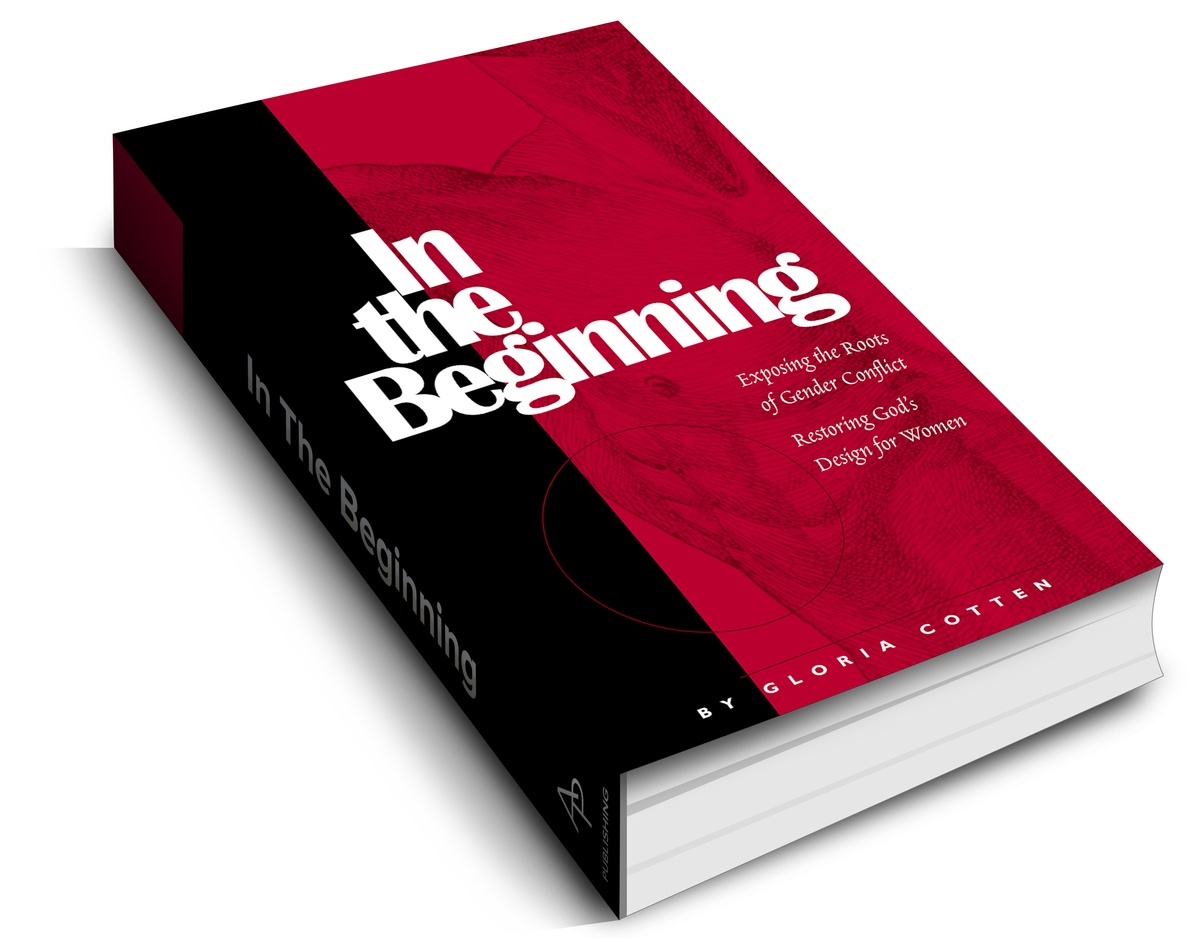In today's digital age, where books are often judged by their covers, the importance of a well-designed book cover cannot be overstated. A visually striking and attention-grabbing cover can generate excitement and arouse curiosity within readers, while effectively communicating the concept of the story. In fact, it's a proven fact that a book with a well-designed cover sells more than one without. As a result, authors who recognize this simple fact are more successful than others.
Welcome to CreativeParamita, a creative world of book cover design. Our approach marries technological innovation with human creativity to produce unique, copyrightable works of art for your books. Guided by the U.S. Copyright Office’s regulations regarding AI-created art, we expertly weave AI technology into our book cover design process, while ensuring a human touch is always present.
The Design Process
Designing a book cover can be a daunting task, especially for those who are new to the writing world. At CreativeParamita, we've broken down the process into simple steps and answered some important questions.
Premade Book Covers
All our premade covers come as ebook cover designs as standard. However, if you're planning to release a physical book, you can purchase the print version as well. After your purchase is complete, we'll send you an email asking for the details of your book title, subtitle, and author name. Once we receive that information from you, we'll implement it into the design. On approval, we'll send you the upload-ready eBook cover in different sizes for different platforms such as Amazon, Smashwords, and B&N.
Custom Book Cover Design
For custom book cover designs, we need a brief synopsis of the book so we can get a good feeling of what the book is all about before accepting your order. We'll also ask for your plans going forward, such as if you are planning to publish only in eBook format or if there is a plan to expand into print media as well. Additionally, we'll ask for minute details, character descriptions, plot, genre, and preferred colors. If the plan is to extend to print media as well, we'll also need a few other technical details such as book size, page count, paper quality, and who the printing partner is (KDP, IngramSpark, or other printers). However, these details are not immediately required and can be adjusted later if you don’t have them right away.
Writing Engaging and Informative Articles
As book cover designer, we understand the importance of engaging and informative writing. Writing techniques should include the use of anecdotes or personal experiences to establish context and make the information relatable to the reader. The article structure should be organized with clear headings and subheadings, which guide the reader through the content and make it easy to follow. Additionally, the article should utilize research and data to support its claims, presenting findings from studies and experiments to substantiate the main points being made.
The underlying intent of the article should be evident from the beginning, creating a consistent theme throughout. The article should incorporate quotes and insights from experts to lend credibility to the discussion. Real-life examples should be used to illustrate the points being made. Furthermore, potential counterarguments or alternative perspectives should be addressed, acknowledging the limitations or nuances of the main argument.
The article should end with a thought-provoking or forward-looking conclusion, inviting the reader to consider the implications of the research or potential solutions to the problems discussed. It should be written in a clear, concise, and accessible language to ensure that a wide range of readers can understand and engage with the content.
Writing Techniques
To create a compelling and relatable story that conveys your main points, use storytelling and narrative techniques. Employ vivid and evocative language to paint a mental picture for the reader and immerse them in the topic. Use comparisons and figurative language to simplify complex ideas and make them more relatable. Use words and phrases that link ideas and guide the reader smoothly from one point to the next. Use active voice whenever possible in order to make your writing more dynamic and engaging.
Constraints
To ensure that your article is easily readable, avoid long, dense paragraphs. Break up your content into shorter paragraphs to improve readability and make it easier for readers to digest the information. Avoid overly complex language. Don't use complicated or obscure words when simpler alternatives will suffice. Finally, avoid overuse of jargon. While some technical terms may be necessary, avoid excessive use of industry-specific language that may be confusing or alienating to readers who are not familiar with the topic.
At CreativeParamita, we are passionate about creating visually striking and attention-grabbing book covers. Contact us today to discuss your book cover design needs.


No comments yet